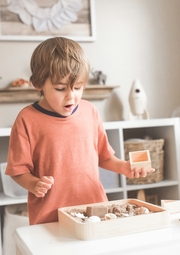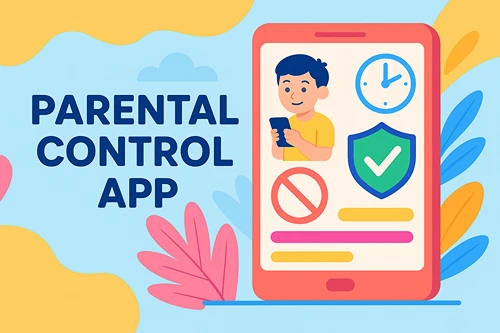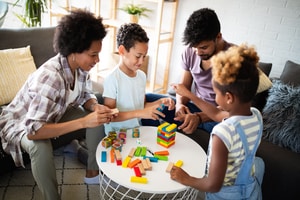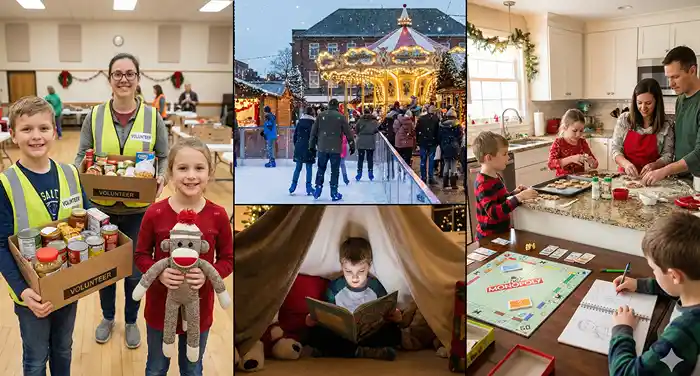Playful Learning: Wooden Toys as Tools for Developing Communication Skills of Kids
All caring parents want to do the best for their beloved children. Giving them attention, care and parental warmth is the main task of all moms and dads. It is also important for each of us to worry about the right ways to develop our little explorers and give them all the necessary tools for this.
Today there is such a variety of methods to stimulate children to learn new knowledge and skills that it is impossible to prioritize any of them. But no matter what new techniques are in trend, the fundamental point always stands that true natural mechanisms are the most harmonious.
Today we want to pay closer attention to the topic of using wooden toys for educational open play for children of different ages.
The Way of Wooden Toys to the Modern World of Children’s Entertainment
It’s no secret that natural materials were the first materials used to make various objects, including toys. Children need developmental tools, and even in the absence of special play objects, can create them themselves from any objects around them. To give even the strangest objects properties and to put them in their imagination and find their use – this is a real children’s superpower. This is the main factor in the development of a child’s communication skills.
For many centuries homemade wooden toys were an obligatory part of family life. This is confirmed by archaeological finds of different times.
And only in the 18th century, the first toy production began to appear. And for more than two centuries, wood was the main material for playthings. Until the 20th century, it was displaced by a cheaper and faster material – plastic.
Wooden Toys as a Basic Natural Tool for Personal Growth
It is at this point that we can start counting down the plastic era, which, in addition to its many advantages, has significant flaws. The fact is that plastic toys are so colorful and detailed that they literally kill the child’s ability to conjecture, fantasize, and imagine.
Noticing this, experts in child psychology began to call on parents to pay more attention to wooden toys, which are the most effective for developing, teaching, and improving children’s abilities. Open activities with safe play objects made of natural materials have an impact on the growth of several skills of children of different ages.
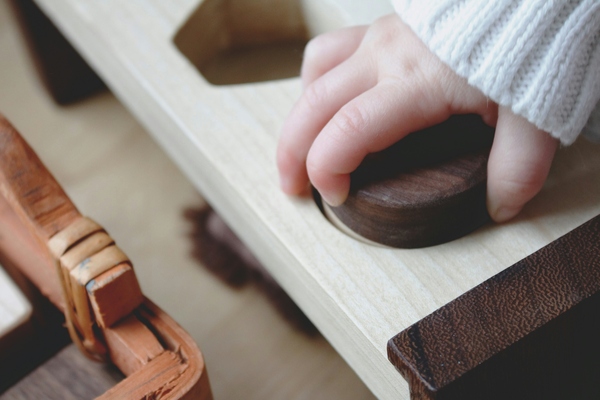
Sensory Experience of Perception and Interaction
Encountering different shapes and textures at a very early age is the baby’s first sensory experience. This is an extremely important developmental stage, the foundation on which more complex cognitive structures will be built later on. Natural wooden toys with different shapes provide a unique multi-sensory experience. Tactile sensations and attempts to perform the first actions cover all the senses of the baby and become an effective stimulus for the creation of neural connections.
Fine Motor Skills and Building Cognitive Connections
Only the lazy parent is not already well aware of the importance of a child’s fine motor control for future communication skills. Touching, grabbing, holding, and repositioning are essential experiences in interacting with objects, which will later be a factor in the development of the brain centers responsible for verbal communication. In addition, manipulating wooden toys actively teaches coordination and helps the child learn basic physical and territorial concepts.
Stimulation and Progress of Speech Skills
At an older age, wooden toys stimulate the emergence and progression of communication functions. Description of the properties of the object: color, shape, texture. As well as free play with parts of wooden constructors or sorters directly affects the building of logical and cause-and-effect associations. In the process of growing up, details made of wood become one of the best tools for role-playing games, in the process of which the child’s language and imagination develop very quickly.
Practicing the Concentration Holding Ability
Wooden constructors, unlike colorful plastic analogs, do not have fixation mechanisms. This is extremely important in the matter of teaching a child the ability to retain focus on a particular task. By assembling wooden parts or focusing on sorting objects of different shapes and colors, children can improve their capabilities to hold their attention for a long time and be ready to find new solutions and ways of doing things.
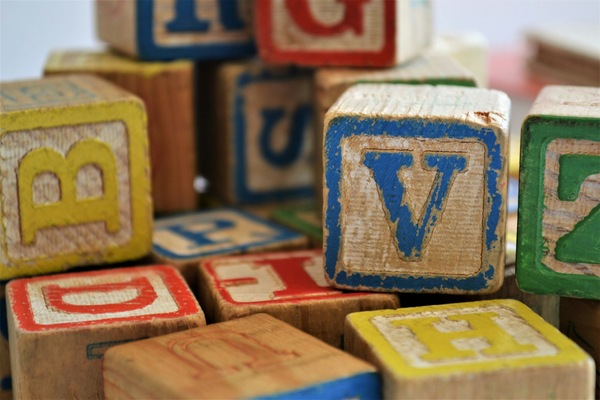
Extra Benefits of Choosing Wooden Toys for Your Child
Creativity, flight of fancy, and communication in the form of internal and social communication – can be considered the main pluses that convince us as parents to buy wooden toys for our kids. But besides this, natural wooden toys have other bonuses:
-
Therapeutic Properties
Wooden toys are used by leading experts in the field of child development as the main therapeutic tool. And in logopedic practice, professionals most actively use wooden objects.
-
Eco-friendly and Safe
The materials used for the production of such toys are absolutely ecological. They do not contain toxic materials and are safe even for babies. The quality of the simplest and cheapest wooden toys is guaranteed to be better than many plastic analogs.
-
Stability and Durability
Experienced parents know well how important it is that the material of toys is durable and stable. Toys made of wood will withstand almost any damage and will remain intact and ready for a new game.
In choosing wooden toys for their children, caring parents choose the best level of growth for their child, multifunctionality, and a great perspective for play activities. The variety of toys made of wood today is so wide that products are available in different formats for all age groups. Try to give your child a new experience of playing with toys made of eco-friendly and natural materials that not only make it fun but also promote learning and training of new essential skills.

